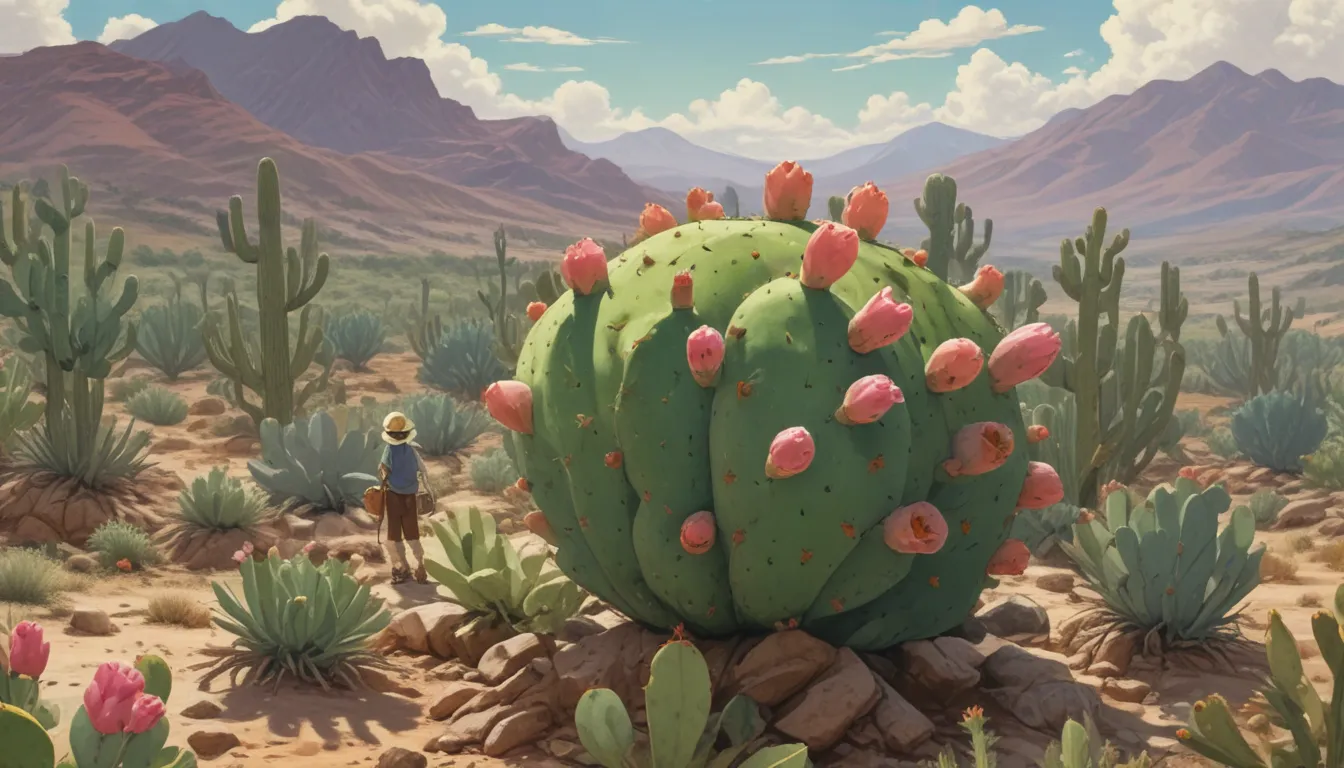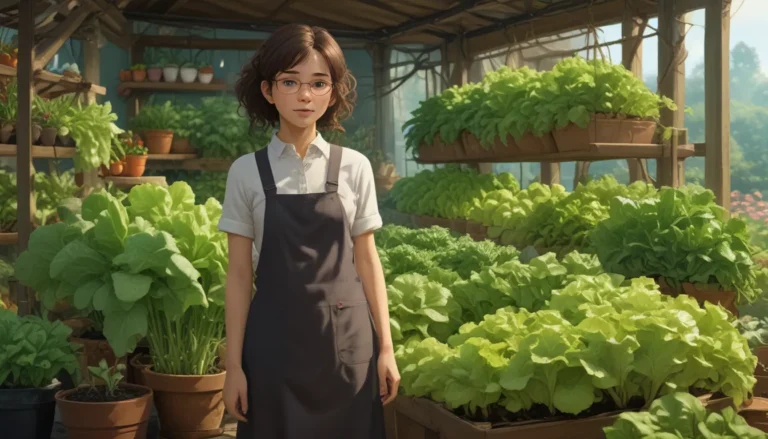The Ultimate Guide to Harvesting Prickly Pear (Opuntia) Fruit

If you’ve ever wondered about the best way to harvest prickly pears, you’re not alone. While it may not be as simple as plucking an apple from a tree, it’s definitely worth the effort.
Also known as tunas or cactus pears, these fruits require a bit of extra care during harvesting due to the spines that cover most species. But don’t let that deter you – the flavor and versatility of prickly pears make them well worth the trouble.
In fact, prickly pears have been a dietary staple for Indigenous people and others in North, Central, and South America for centuries. Their enduring popularity is a testament to just how special these little fruits really are.
Today, I’ll share some tips I’ve learned from my own experiences with harvesting opuntia tunas to help you navigate the process with ease. So let’s dive in and explore everything you need to know about harvesting prickly pears.
How to Harvest Prickly Pears
Are All Prickly Pear Fruits Edible?
One common concern people have is whether all prickly pear fruits are edible. The good news is that all species of prickly pear fruits are nontoxic and safe to eat, making them a unique addition to any diet.
In terms of flavor, some prickly pears have a stronger taste than others, similar to watermelon or other fruits. It’s a good idea to familiarize yourself with the flavor profile of the particular species you’re dealing with before harvesting.
The Anatomy of an Opuntia
Before you start harvesting prickly pears, it’s important to understand the anatomy of an opuntia cactus. During the spring and summer, buds develop along the margins of the cactus pads, which eventually turn into fruits.
Most prickly pears take about two to three months to ripen, with the color changing from green to deep red or other shades depending on the species. Ripe tunas are firm to the touch and easy to detach from the pads, signaling that they’re ready for harvest.
When Do Tunas Ripen?
It’s important to know when tunas ripen to ensure you collect them at the right time. Ripe fruits lose their spines, change in color, and feel firm when touched. Make sure to harvest tunas from healthy-looking plants for the best quality fruit.
How Many Tunas Should I Harvest?
Unlike harvesting cactus pads, there’s no need to limit the number of tunas you collect. You can harvest as many as you need, but it’s a good idea to leave some for the local wildlife, especially in wild areas.
A Cautionary Note
While prickly pear tunas are safe to eat, it’s important to remove the hard seeds before consuming the pulp to avoid any health issues. Be mindful of seed ingestion, especially when sharing the fruits with pets or wildlife.
Are there Risks Associated with Prickly Pear Cacti?
Prickly pear cacti, while edible, do contain oxalates that can be harmful in large quantities. Make sure to consume prickly pears in moderation and remove the seeds before eating the fruit.
How to Pick and Handle Prickly Pear Tunas
Selecting Tunas
Late summer and early fall are the best times to start looking for ripe prickly pears. Look for deep-colored, spine-free fruits that easily detach from the pads. Avoid collecting damaged or diseased tunas to ensure the best quality harvest.
Use a set of tongs or a fruit picker to safely pluck the tunas from the pads, taking care to avoid getting pricked by any remaining spines or glochids. Once collected, bring the tunas to a processing area where you can safely remove any remaining spines or glochids.
Peeling and Straining
While the skin of prickly pears is edible, it’s best to remove it before consuming the fruit to avoid ingesting any remaining spines. Use a sharp knife to cut the top and bottom off each tuna, then peel back the skin to reveal the pulp inside.
After removing the skin, rinse the peeled tunas in cold water to prepare them for consumption or further processing. If you’re unsure about recipes, you can mash the pulp through a strainer to remove the seeds for a smoother texture.
Storage
Freshly harvested prickly pears can be stored at room temperature for a couple of days or in the refrigerator for up to two weeks. Processed pulp should be used within a few days or frozen in portions for up to a year.
Experiment with different recipes and storage methods to enjoy prickly pears year-round and make the most of your harvest.
Quick Tips for Harvesting Prickly Pears
As you embark on your prickly pear harvesting journey, keep these quick tips in mind to make the process smoother and more enjoyable:
- Ripe fruits will lose their spines and deepen in color, but glochids can still be present.
- Choose only healthy-looking tunas for collection.
- Use tongs or a fruit picker to pluck them from the pads they’re attached to.
- If they don’t come off easily, leave them for a later harvest.
- Process and use fresh fruits within a few days or strain the seeds out and freeze the paste for up to one year.
Conclusion
Harvesting prickly pears may seem like a daunting task at first, but with the right tools and knowledge, you can enjoy the unique flavor and versatility of these special fruits. Remember to stay safe, remove any spines or glochids before consuming, and experiment with different recipes to make the most of your harvest.
Are you ready to try your hand at harvesting prickly pears? Share your experiences and favorite recipes in the comments below. And if you have any tips or tricks for handling prickly pears, we’d love to hear them!
Explore our collection of articles on growing cacti and succulents for more gardening tips and inspiration. Happy harvesting!





